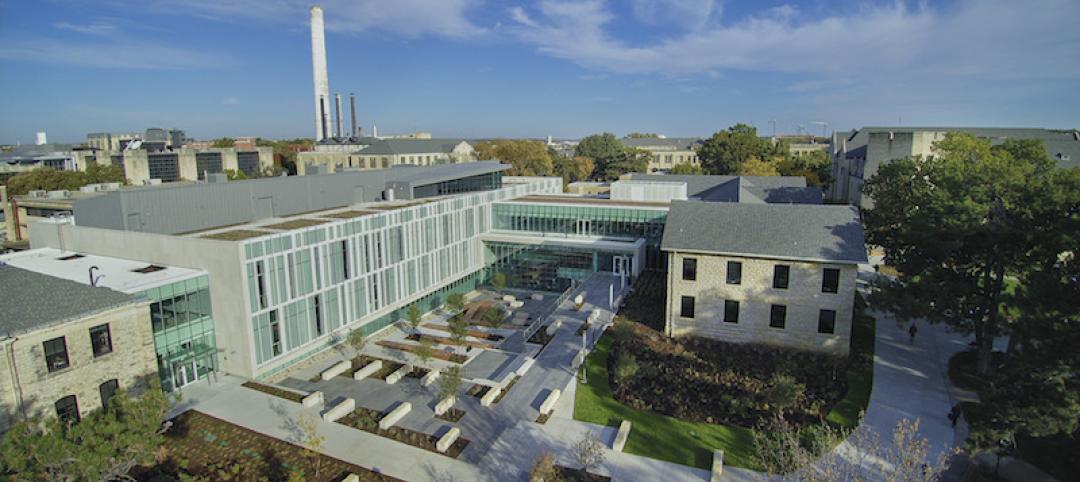The Society for College and University Planning (SCUP) and the University of Pennsylvania School of Nursing announced survey results from 114 US colleges and universities that help document the levels, quality, and availability of lactation spaces and supports across campus for breastfeeding faculty, staff, students, and campus visitors.
The survey was a collaboration between the University of Pennsylvania School of Nursing and SCUP. “To our knowledge, this is the first research that documents which stakeholders are involved in the planning of lactation spaces, and the amount of variation in the features these spaces have,” said Dare Henry-Moss, one of the research leads. “We hope it will help colleges and universities evaluate the accommodations they provide to breastfeeding mothers, including faculty, staff, students, and visitors.”
Study observations include:
— 90% of respondents reported that their institution had dedicated lactation spaces, but the study suggests that awareness of their locations should be improved.
— 68% of respondents reported a process or guideline for creating lactation spaces on campus with wide variation in approaches.
— collaborations are common; there are commonly between two and six different campus entities involved in the planning for lactation spaces.
The study also provides detail on the most frequent amenities designed into lactation spaces, including furniture, fixtures, and portable supports.“Through the excellent work of our research cohorts, this study will help higher education move toward a best planning practice for lactation spaces,” said Michael D. Moss, SCUP President.The research team was Dare Henry-Moss, MPH; Joyce Lee, FAIA, LEED Fellow; Diane L. Spatz, Ph.D., RN-BC, FAAN, and Principal Investigator; and SCUP.
For survey results: www.scup.org/wellness
Related Stories
University Buildings | Nov 26, 2018
Vacant Dartmouth College building to become faculty and graduate student center
Leers Weinzapfel Associates designed the project.
Mixed-Use | Oct 25, 2018
Philadelphia’s uCity Square kicks off major expansion drive
This innovation center has several office, lab, and residential buildings in the works.
University Buildings | Oct 23, 2018
A building designed by architects, for architects
Kansas State University’s new College of Architecture Planning and Design places students at the center of the experience.
University Buildings | Oct 17, 2018
The Rhode Island School of Design receives its first new residence building in 30 years
The building was designed by a former RISD student.
University Buildings | Oct 11, 2018
Chapman University opens new science and engineering center
AC Martin designed the building.
University Buildings | Oct 8, 2018
One size doesn't fit all: Student housing is not a pair of socks
While the programming and design for these buildings all kept a holistic living/learning experience at the core, they also had amazingly different outcomes.
University Buildings | Sep 6, 2018
Construction begins on North Carolina State University’s new engineering building
Skanska is building the facility.
University Buildings | Sep 4, 2018
Rutgers University Welcome Center creates branded experience for visitors and prospective students
JZA+D designed the space.
University Buildings | Aug 27, 2018
Nebraska’s Midland University receives a new ‘kitchen table’ courtesy KWK Architects
The new gathering space is completed and ready for students returning for fall semester.
University Buildings | Aug 22, 2018
Skanska completes James Madison University’s new dining hall
The three-story building will open for fall semester 2018.
















